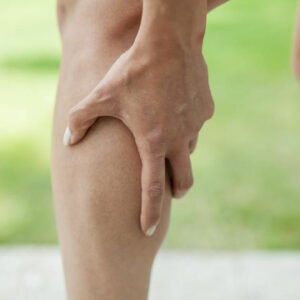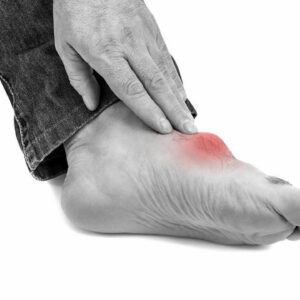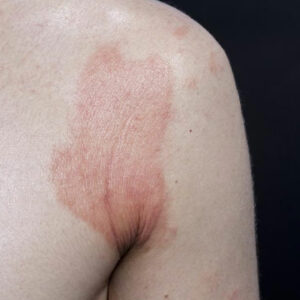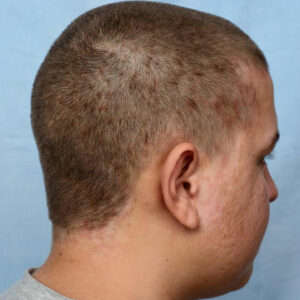
01
Everything You Needed to Know about Leg Cramps
Leg cramps happen when the muscles in the leg contract, which causes pain. This involuntary contracting of leg muscles causes leg cramps. Leg cramps mainly affect muscles in the thigh or the foot. It mostly occurs when you are asleep or just after you wake up. Reasons For Leg Cramps The sudden pain in the muscle can be due to different reasons: Inadequate supply of blood There are times when you exercise too much or have been sitting in same posture for hours. This prevents adequate supply of blood to your legs, causing contraction of muscles. Compression of nerves The spinal cord nerve directly connects to your leg muscles. Pain in the spinal cord or compression of spinal cord nerve can also cause pain in your legs. Walking with a good posture can help prevent compression of the spinal nerve. Mineral depression There are certain minerals needed for efficient working of leg muscles. Deficiency of minerals such as magnesium or calcium can cause leg cramps. There are certain medications that deplete the content of these minerals in your body. To add to the causes, there are factors that increase the risk of leg cramps: Age As you age, you lose strength and the muscles grow weak, leading to loss of muscle mass. Therefore, when muscles are overstressed, it leads to leg cramps. Dehydration Most of the time, you are always doing an activity that requires leg strength. Lack of water intake leads to inadequate fluids in the body that result in contraction or tightening of your leg muscles. This generally happens to athletes; they feel sudden pain while training on a hot sunny day, due to loss of more fluids than usual, from the body. Pregnancy Pregnancy is one major factor of leg cramps. This is because, during pregnancy, the body requires more minerals such as potassium and calcium for adequate functioning of leg muscles.
Read More 










